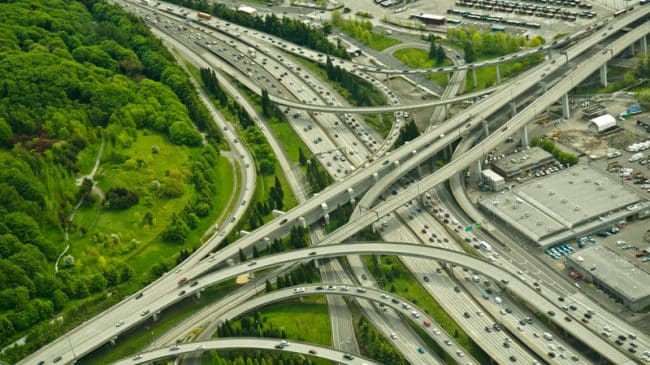Full Study (.pdf)
Executive Summary
Frequently Asked Questions
This study has suggested an alternative to most of the recent prescriptions for reshaping the federal surface transportation program. Recommendations from reports such as that of the Policy and Revenue Study Commission would greatly expand the size and scope of the federal program. They would require a large increase in existing federal highway fuel taxes. And by spending those fuel taxes on a much wider array of non-highway purposes, they would essentially eliminate the original users-pay/users-benefit rationale that was the basis for creating the federal Highway Trust Fund in 1956 as the key means to pay for the Interstate highway system.
This study accepts the case for large-scale increases in highway investment, to eliminate the backlog of cost-effective highway and bridge repair and modernization projects to rebuild the aging Interstate system as it begins reaching the end of its original design life, and to improve mobility for people and goods where needed. But it argues that increasing federal investment is unlikely and unwise without major changes in focus and practices. To re-create public support for a revised federal program, that program must offer direct improvements in service to those asked to pay the bills. Interstate 2.0, rebuilding and modernizing the federal Interstate system, both urban and rural, could gain the support of motorists and truckers, since they would directly benefit from the reduced congestion and improved service quality that would result.
On the other hand, asking federal highway users to pay substantially more in order to fund expanded programs for sidewalks, bikeways, recreational trails and more transit is unlikely to succeed, since the large majority of highway users do not use, and would not benefit from, these mostly localized urban projects. Principles of federalism suggest that these kinds of projects are more appropriately funded at state or local levels of government. But if Congress sees fit to continue them at the federal level, they should be supported by all taxpayers, as the kind of social infrastructure funded by federal agencies concerned with urban amenities (HUD) and outdoor recreation (Interior).
Most states would be better off with the proposal presented in this paper. All would benefit from the major reconstruction and modernization of their most important highways, the Interstates. They would be freed from numerous cost-increasing federal requirements, and would have new incentives to refocus their state programs on cost-effective projects. As funding alternatives, they would have new freedom to make use of tolling and public-private partnerships.
The urgent need to rebuild and modernize vital Interstate highway infrastructure is bogged down by politics and the current system’s failure to prioritize projects that deliver the most benefits. Refocusing the federal program on Interstate highways and restoring the true user fee nature of the federal fuel tax offers a way to cut the Gordian knot.


